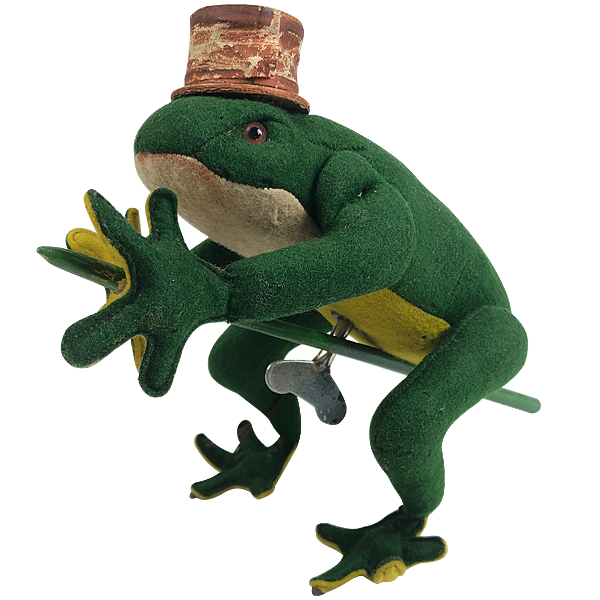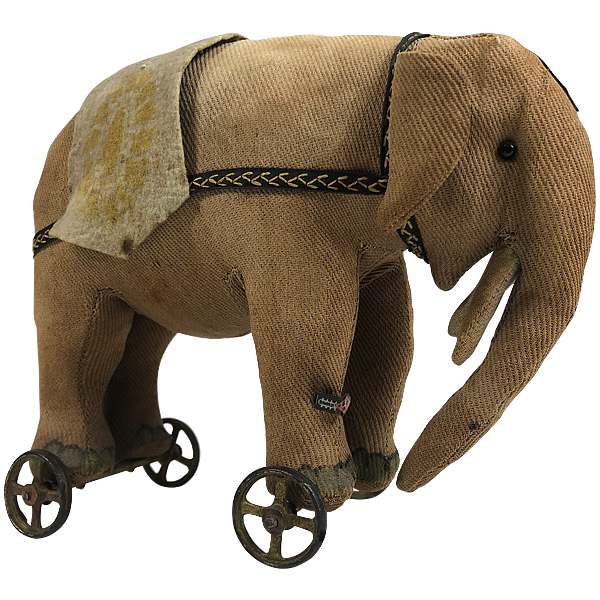 An elephant on wheels?
An elephant on wheels?
|
|
The company Gebrüder Bing was taken over in 1864 by the brothers Adolf Bing and Ignaz Bing (1840-1918) from their father Salomon (a dyer). It moved to Nuremberg in 1866, where it continued to develop as a wholesale company for household goods and toys, so 1866 is often seen as the official founding year.
Company history
At first the company limited itself to wholesale, in 1879 it entered production, and by 1885 it already employed 500 people. Ten years later it was converted into a joint stock company. There were numerous branches throughout Germany and also abroad. Before the First World War, Bing called itself the "largest toy factory in the world". At that time, the company had a total of over 4000 employees. Ignaz Bing died in 1918, after which the company was called Bing-Werke AG. In the 1920s, new divisions were added and the company was split up. In total, Bing employed about 18,000 people at this time. The Great Depression, financial and structural problems, and political change eventually led to the cessation of toy production in 1932 in order to save other parts of the group. At this time, there were significant changes in management positions.
Brands in the course of time
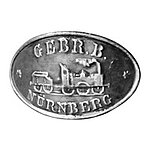
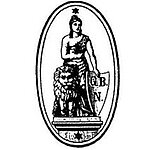
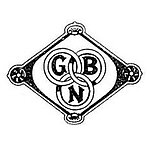
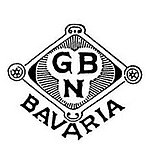
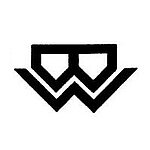
The trademark owner is curator Uwe Groll.
Toy Groups
Bing produced a wide range of toys, including dolls. They openly copied Käthe Kruse's popular models and also sold them under the name Imitation Käthe Kruse Dolls. However, Käthe Kruse did not want to accept this, she sued and won the case in 1925. The tin toys of the Bing-Werke were also very well known.
Tin toys and toy trains
The tin toys included the 1, 0, and 00 gauge railroads. For a long time, Bing had a large market share in the large 1 and 0 gauges and was one of the leading German manufacturers along with Märklin until the end of production in the early 1930s. The Bing table railway with a track of 16.5 mm came out in 1922 and was produced under this name until 1932. It can be seen as a direct predecessor of the TRIX EXPRESS model railroad of 1935. This is no coincidence, after all, the owner and designer Stephan Bing moved from Bing to Trix in 1932 and brought there his ideas for the development of a model railroad that was highly modern for the time. The designation 00 (later H0) for the 16.5 mm gauge of this Bing tabletop railroad was not used until 1935. When the toy division of Bing Bros. had to file for bankruptcy in 1932, the Fleischmann company took over some of the employees of the former largest toy manufacturer in 1933. Also the material from the model ship production, which probably came from the Bielingstraße anyway, was bought. Since a large part of the Bing representatives were also taken over by the Fleischmann company, it was possible to serve the specialized trade directly from January 1933.
Economic crisis and world war
In the course of the world economic crisis, there was a forced settlement in 1932 and thus the sale of the Bing company. The Nuremberg toy companies Karl Bub, Falk and Kraus acquired machines, tools and finished parts of the Bing railway, which continued to be sold from 1932 to 1937 as the Karl Bub Miniature Railway.
Ship models: role of the Fleischmann company
It is assumed that the Fleischmann company also produced parts of maritime toys (ship hulls etc.) for other tin toy manufacturers before the First World War. According to Dr. Broder-Heinrich Christiansen (see below), there is a swan pond in a box from Gebr. Bing in the Städtisches Museum Schloß Salder, which was clearly made by Fleischmann. After the death of the company founder in 1917, his widow Käthe Fleischmann continued the business together with Jean's brother Jobst. The product range was expanded in 1928 by the takeover of the Staudt company, which had clockwork operated landscape models as well as mechanical figures in its range in addition to ship models. Certain similarities of the ship hulls are also present here.
Motorcycle accessories and carburetors
Other parts of the Bing-Werke were acquired by Fritz Hintermayr, who had saddles, tool bags for motorcycles and gas boilers manufactured at the Bing-Werke from 1932 to 1945. The BING carburettor has been manufactured there since 1937. Fritz Hintermayr GmbH Bing carburetor factory was renamed Bing Power Systems GmbH in 2001. Source: Wikipedia
Literature
On the biography of Ignaz Bing and his Judaism: Jüdisches Leben in der Fränkischen Schweiz. Series of publications of the Fränkische Schweiz Verein. Volume 11, Erlangen/Jena 1997, including an essay by Toni Eckert: Ignaz Bing. S. 738-747 Rudolf Endres, Familie Bing. Factory owners in Nuremberg, in: Manfred Treml (ed.), Geschichte und Kultur der Juden in Bayern. Volume 2: Lebensläufe
Book shop with Bing catalogues, exhibition volume "150 Jahre Bing" as well as further literature.



